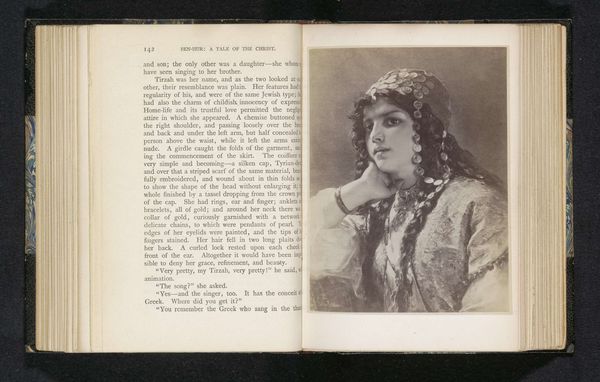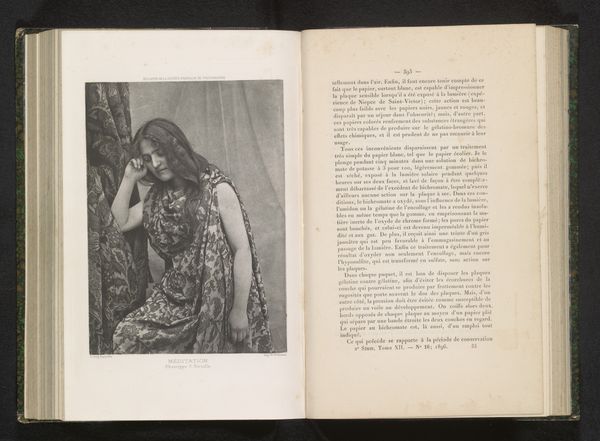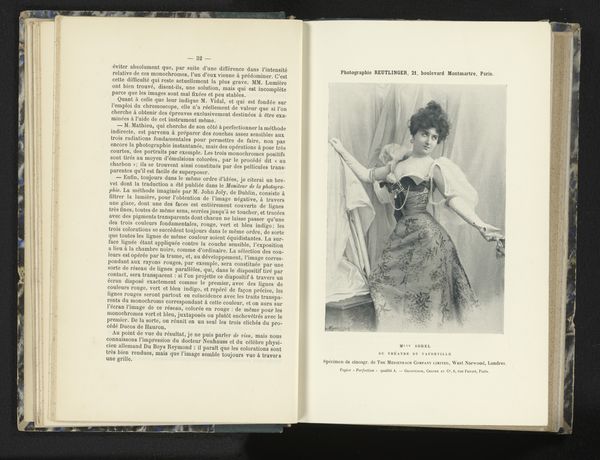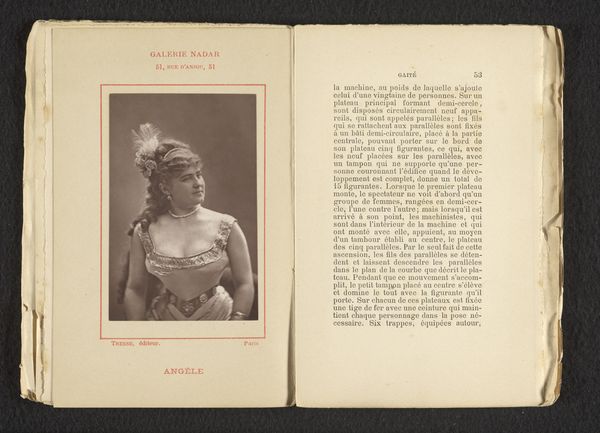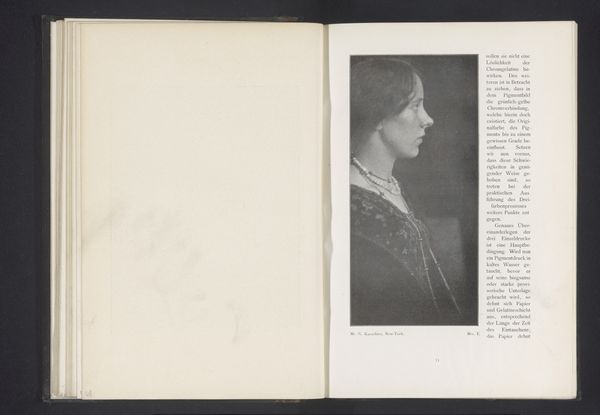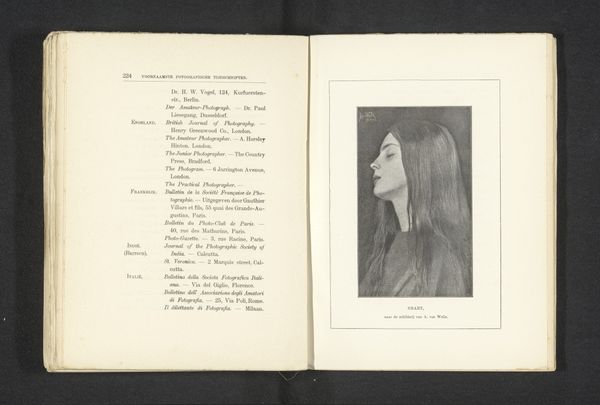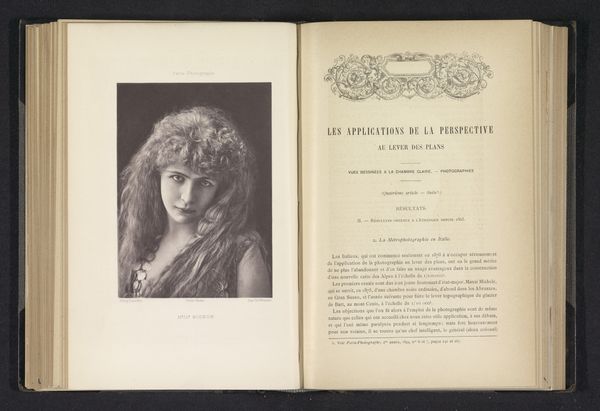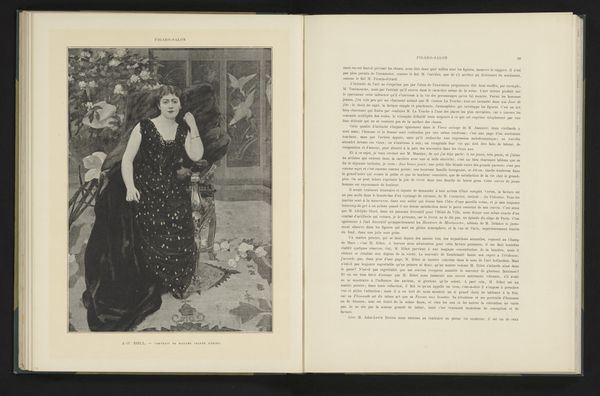
print, photography
#
portrait
#
pictorialism
# print
#
photography
Dimensions: height 133 mm, width 98 mm
Copyright: Rijks Museum: Open Domain
Curator: Look closely at this image. What stands out to you about Louis Désiré Dupont's "Portrait of an Actress," made before 1899? Editor: The softness of the print is quite striking; it gives the actress a dreamy quality. The material quality makes the print so intriguing to observe. What production methods were utilized to create this image? Curator: Consider pictorialism, its emphasis on photographic processes akin to painting. Notice how Dupont manipulates the print, layering tones and textures. What does that tell us about photography's shifting role during this era? Were these printing methods intended to blur the distinction between artistry and labor, as we see in the rise of photography and print media at the turn of the century? Editor: I guess it makes photography seem less mechanical, like an industrial practice. By carefully controlling the materials and the printing process, Dupont almost elevates photography to a craft, or even "fine art". This manipulation of materiality challenges our expectations. Is it trying to mimic painting? Curator: Precisely! It suggests a critical look at the role of the artist. Dupont's "Portrait of an Actress," with its emphasis on hand-manipulation and specialized printing techniques, prompts questions about artistry versus mass production and cultural context. And by examining photographic prints and artistry we understand a society, values, economy, and available skills/technology within a timeframe. Editor: I'm fascinated by how Dupont seemed to elevate the material production of photography, instead of just taking photographs and how it intersects artistry. Thanks for opening my eyes to the processes behind this image.
Comments
No comments
Be the first to comment and join the conversation on the ultimate creative platform.
